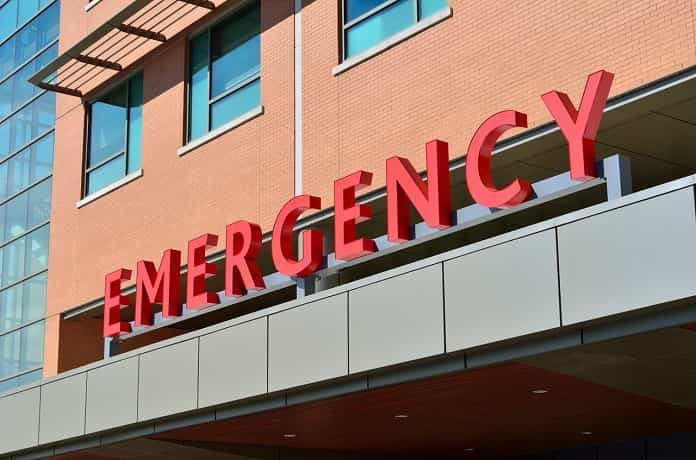With millions of cancer-related ER visits per year, and cancer rates anticipated to double by 2040, healthcare facilities will need to thoughtfully prepare to maintain operational standards.
Emergency departments are notoriously overburdened, resulting in huge inefficiencies. Most people have a personal story of waiting for hours at “emergency” clinics overwhelmed with people requiring immediate care. Part of the problem is that patients with chronic illnesses (such as cancer) must visit the emergency department for relatively less urgent issues, like chest pain or urinary tract infection. A visit to the emergency department is routinely encouraged by doctors since it could be something worse, and cancer patients often require special attention.
Cancer-related ER visits pose a unique challenge to emergency departments due to their typically complex and cautionary nature. The burden of cancer-related emergency department visits on the healthcare system has been largely unknown. As cancer rates continue to increase, it is essential we understand the additional pressure this will put on emergency departments. Currently, there are 15.5 million people in the United States living with cancer or with a history of cancer, and this number is expected to nearly double by 2040. Logically, we can anticipate the number of cancer-related emergency department visits to double as well.
Researchers at the National Cancer Institute have gathered data from 2006-2012 on nearly 700 million emergency department visits. They determined cancer-related visits to be over 4% of the total number. With projected increases in cancer, we can expect nearly 10% of total emergency department visits to be cancer-related by 2040.
The majority of cancer-related visits came from patients with breast, prostate, and lung cancer diagnoses. These patients go to the emergency department for symptoms that could be an emergency but were typically non-emergencies, such as a urinary tract infection, nonspecific chest pain, and pneumonia. The inpatient admissions are also significantly higher for cancer patients, at 60% versus non-cancer patients at 17%.
The results of this US study, recently published in JAMA Oncology provide guidance to policymakers and clinicians and inform patient and system directed prevention and management strategies. For oncology departments, cancer projections pose a giant, but reasonable measurable demand for doctors, care clinics, and treatment facilities. However, emergency departments may not have accounted for the expected increasing cancer rates and what that could mean for their capability to treat people. The findings in this comprehensive research require immediate attention to increase the capacity of emergency departments or find a more specialized emergency treatment center for cancer patients.
Written by Soleil Grisé, HBSc
Reference:
Rivera DR, Gallicchio L, Brown J, Liu B, Kyriacou DN, Shelburne N. Trends in Adult Cancer–Related Emergency Department UtilizationAn Analysis of Data From the Nationwide Emergency Department Sample. JAMA Oncol. Published online August 31, 2017. doi:10.1001/jamaoncol.2017.2450



